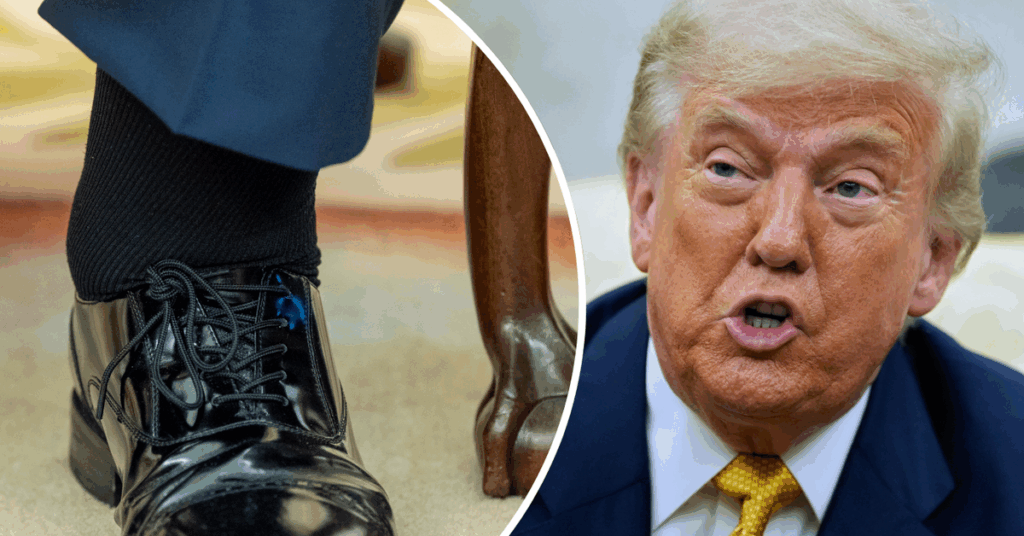
US President Donald Trump has been diagnosed with chronic venous insufficiency, a common condition particularly in individuals over the age of 70, the White House announced this morning. The diagnosis followed a comprehensive examination by the White House Medical Unit after Trump, 79, reported swelling in his legs.
Press Secretary Karoline Leavitt, reading from a note by the president’s physician, Captain Sean Barbabella, confirmed that Trump underwent “diagnostic vascular studies,” including bilateral lower extremity venous doppler ultrasounds. These tests revealed the chronic condition, classified under ICD-9, yet described as “benign.”
Medical Examination Details
According to Barbabella’s note, the examination showed “no evidence of deep vein thrombosis or arterial disease,” and that all lab tests were “within normal limits.” Additionally, an echocardiogram indicated “no signs of heart failure, renal impairment, or systemic illness.”
Chronic venous insufficiency occurs when valves in certain veins malfunction, causing blood to pool in the veins. Symptoms can include swelling in the lower legs or ankles, aching or cramping in the legs, varicose veins, pain, or skin changes. Treatment options range from medication to medical procedures in more advanced cases.
Expert Insights
Dr. Jeremy Faust, an assistant professor of emergency medicine at Harvard Medical School, commented on the diagnosis, stating, “It’s basically not alarming information, and it’s not surprising.” He noted that this condition is a normal part of aging, especially for individuals who are overweight or obese, categories into which Trump has been classified. Dr. Faust emphasized the importance of evaluating such symptoms to rule out more serious conditions, which the president’s medical team has done.
Additional Health Observations
The White House also addressed recent bruising observed on Trump’s hands. Leavitt explained that this is due to “frequent handshaking” and the use of aspirin, which Trump takes as part of a standard cardiovascular prevention regimen. Barbabella’s note attributed the bruising to minor soft tissue irritation.
Leavitt reassured the public that the president is experiencing “no discomfort” from the condition. She mentioned that a forthcoming letter from Barbabella would provide more details on the treatment plan for Trump’s chronic venous insufficiency.
Context and Implications
This diagnosis comes as Trump is set to become the nation’s oldest president during his second term. The condition, while common, highlights the ongoing health considerations for an aging president. As the political landscape continues to evolve, Trump’s health will likely remain a topic of public interest and scrutiny.
Historically, the health of US presidents has been a matter of public concern, with previous leaders facing similar scrutiny over their medical conditions. The transparency of the current administration in addressing these health issues reflects a broader trend towards openness in presidential health matters.
As the situation develops, the White House has promised to keep the public informed, ensuring that any changes in the president’s health are communicated promptly and clearly.






